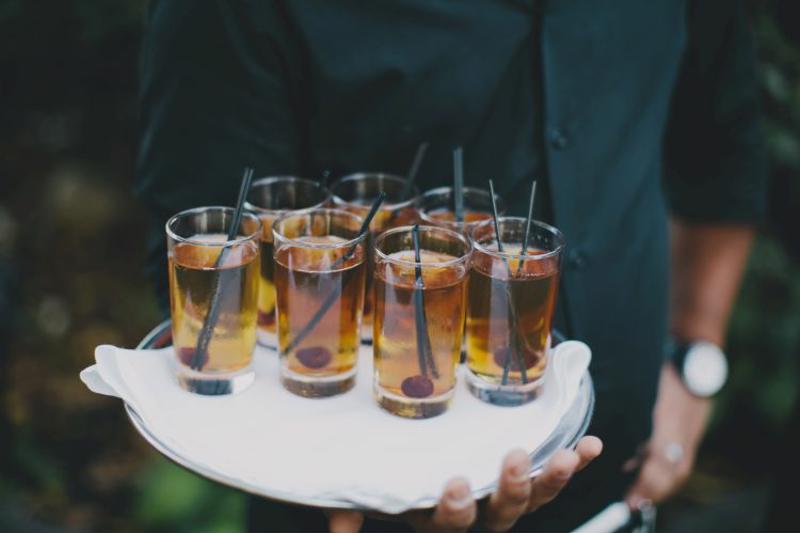As any Colorado culinary arts enthusiast is aware, inventive cocktails have become a crucial part of the dining experience at many establishments. Mixologists are always looking to develop exciting new flavor combinations and put their personal touches on old favorites. Infusing your own spirits is one way to open up fresh and delicious possibilities for drinks.
A spirited beginning
“There’s endless room to fine-tune your technique.”
Creating your first infusion isn’t difficult, but there’s endless room to fine-tune your technique and achieve the precise tastes you’re after. The Spruce offered directions to get you started, recommending that beginners use vodka or another light spirit, such as gin. While smoother, higher quality bottles will bring the best results, you may want to experiment with a cheaper option first.
Most people begin with a fruit infusion, but you may also want to try herbs, spices or a combination. Rinse whatever ingredients you’re using and cut them down to a size that fits easily into a clean, airtight jar. Once you’ve set the ingredients inside, pour in the liquor and give the jar a few shakes before sealing it.
Label the jar, noting its contents and the date. Then, store it in a cool, dark place, shaking a few times a day. How long it takes the liquor to infuse depends on your chosen ingredients: Hot peppers will be ready in a couple hours, while mild flavors like ginger or lemongrass may take weeks.
Taste the infused spirit to ensure you’re happy with the results. Once you’re satisfied, line a fine mesh strainer with cheesecloth and strain the liquid into another clean jar. You’ll have the infused liquor on hand whenever you want to mix a cocktail with an extra touch of flavor.
To avoid missteps along the way, heed the advice provided by Serious Eats. Keep checking on your infusion so you don’t mistakenly let it steep too long and develop an overpowering flavor. Strain thoroughly, especially if you plan to store the liquor for a while, running it through the cheesecloth twice if necessary to remove as many solid bits as possible.
 Step up your cocktail offerings with infusions.
Step up your cocktail offerings with infusions.Infusion inspiration
There’s a wide range of flavor combinations that have proven successful in bars and restaurants. Once you’ve prepared a few of these, you’ll probably want to explore some ideas of your own.
Bon Appetit recommended flavoring vodka with a chili, lemongrass and cilantro to spice up a highball. Get ready for margarita night by infusing tequila with mango, lime and cilantro. Or, take a fast route to a unique drink inspired by The NoMad Bar in New York City: Just pour six ounces of the Italian apertif Aperol over half of a small red Thai bird chile with its stem and seeds and allow 10 minutes before straining.
If vodka with a mixture of savory and spicy flavors sounds like the perfect start to a bloody Mary, then try the bacon and habanero infusion recipe from Kitchen Konfidence. Begin by cooking six strips of bacon and setting them on a plate lined with paper towels to cool. Remove the stems from three habanero and two serrano peppers and cut them in half. Steep the peppers and bacon in vodka for about a week, storing the jar in the refrigerator.
Infusions are a great way for culinary academy students to unleash their imaginations. You can create amazing cocktails that are perfectly suited to pairing with your best dishes.



